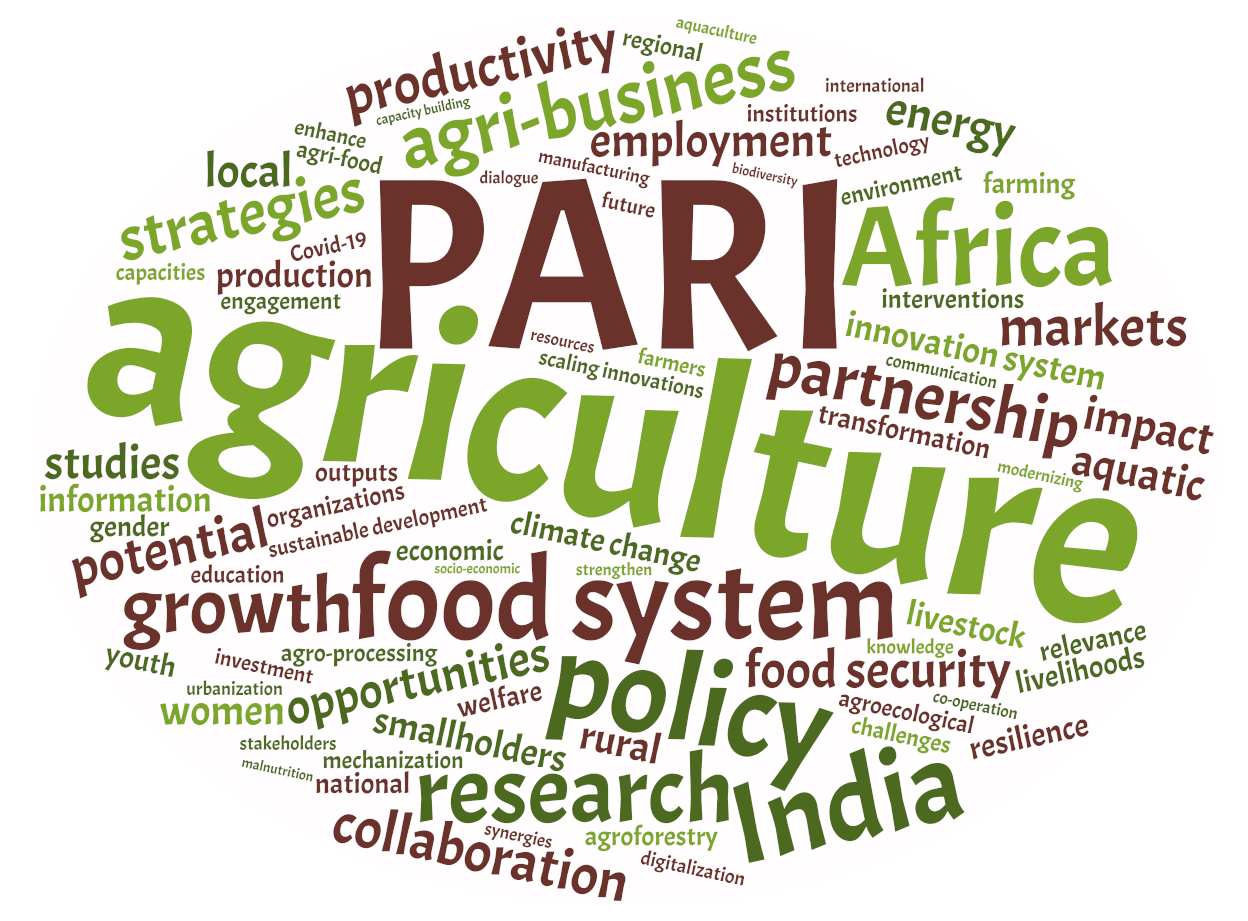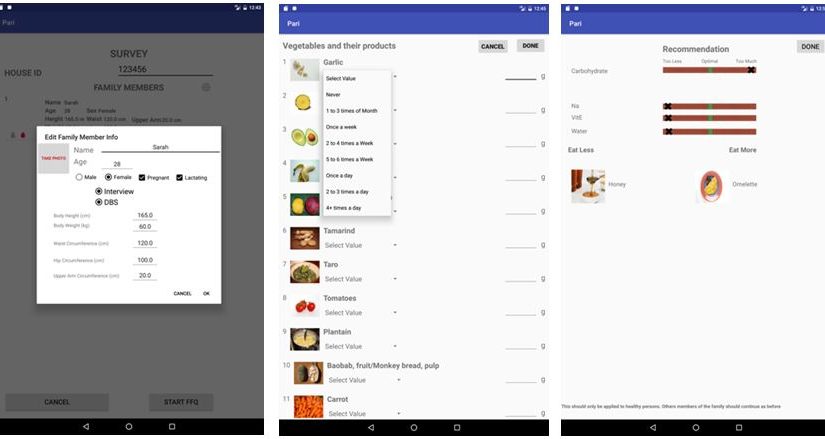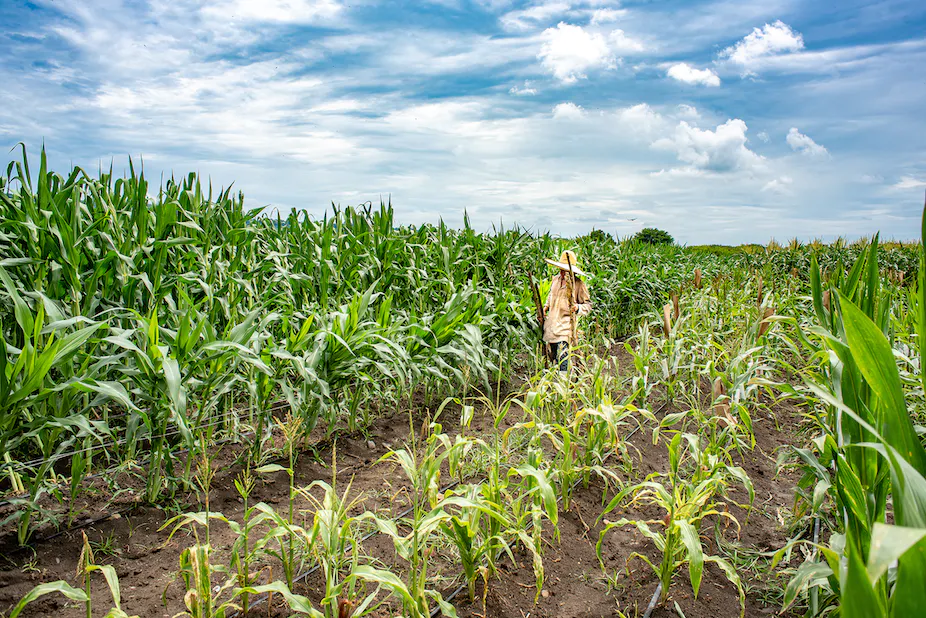
Moving from Productivity to Sustainability in Agricultural Education?
This study assesses the current state and perceptions of sustainability education in agriculture in four African countries.
PARI research focuses on identifying and scaling promising agricultural innovations for agricultural growth and food security in Africa and India.

This study assesses the current state and perceptions of sustainability education in agriculture in four African countries.

The PARI annual report 2023 presents the highlights of PARI research conducted in 2023.

This review examines the progress PARI has made over the last ten years in achieving its stated objectives and through its contribution to the development of the food and agriculture sector in Africa.

This study assesses the effect of personalized nutrition advice on food consumption patterns in Benin.

This study examines the role of digital technologies in promoting agricultural growth globally and within the different sub-regions of the world.

This paper examines the characteristics, opportunities, and challenges of local agricultural machinery manufacturers in Africa.

This study examines the relationship between industrial clusters and firm-level innovation in Africa.

This article assesses the status of personal data protection laws in Africa, compliance by digital ag providers and perceptions of agricultural producers.

Which technological pathway toward farm mechanization should be supported by African governments and development partners?

This study assesses potential trade-offs between agricultural labour productivity and biodiversity conservation to identify agricultural development pathways that serve both
people and nature.

The PARI annual report 2022 presents the highlights of PARI research conducted in 2022.

The study explores the feasibility of carbon sequestration in Africa's smallholder production systems.